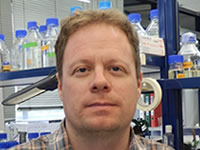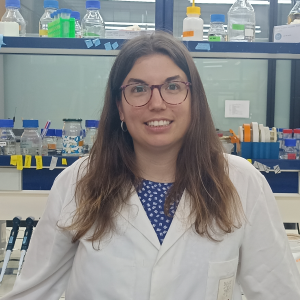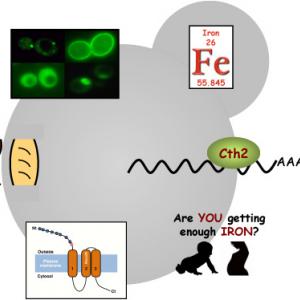
Biografía
Iron is an essential micronutrient for all eukaryotes. However, iron deficiency anemia is the most extended nutritional disorder worldwide. Thus, our main objective consists on deciphering the molecular mechanisms that eukaryotic cells utilize to regulate the response to iron deficiency. For this purpose, we use the yeast Saccharomyces cerevisiae as a model organism and biotechnological tool, paying special attention to transcriptional, post-transcriptional and metabolic regulation strategies. We use a multidisciplinary approach that includes Molecular Biology, Biochemistry, Microbiology, Genetics, Cellular Biology and "Omic" techniques.
For further information please check our Fe Homeostasis Web Page: www.iata.csic.es/spuig
Proyectos
Publicaciones
Jordá T, Rozès N, Puig S. 2021. Sterol Composition Modulates the Response of Saccharomyces cerevisiae to Iron Deficiency. J Fungi (Basel). 7(11):901. doi: 10.3390/jof7110901.http://www.ncbi.nlm.nih.gov/pubmed/24958100
https://pubmed.ncbi.nlm.nih.gov/34829190/Sorribes-Dauden R, Peris D, Martínez-Pastor MT, Puig S. 2020. Structure and function of the vacuolar Ccc1/VIT1 family of iron transporters and its regulation in fungi. Comput Struct Biotechnol J. 18:3712-3722. doi: 10.1016/j.csbj.2020.10.044.
https://pubmed.ncbi.nlm.nih.gov/33304466/Sanvisens N, Bañó MC, Huang M, and Puig S. (2011). Regulation of ribonucleotide reductase in response to iron deficiency. Molecular Cell. 44(5): 759-769. **Premio Fisher Scientific otorgado por la Sociedad Española de Bioquímica y Biología Molecular (SEBBM) al mejor trabajo de investigación publicado en España por un socio menor de 31 años. http://www.ncbi.nlm.nih.gov/pubmed/22152479
Puig S, Vergara SV and Thiele DJ (2008). Cooperation of two mRNA-binding proteins drives metabolic adaptation to iron deficiency. Cell Metabolism. 7(6): 555-564. http://www.ncbi.nlm.nih.gov/pubmed/18522836
Puig S, Askeland E, Thiele DJ. (2005). Coordinated remodeling of cellular metabolism during iron deficiency through targeted mRNA degradation. Cell. 120(1): 99-110. http://www.ncbi.nlm.nih.gov/pubmed/15652485





